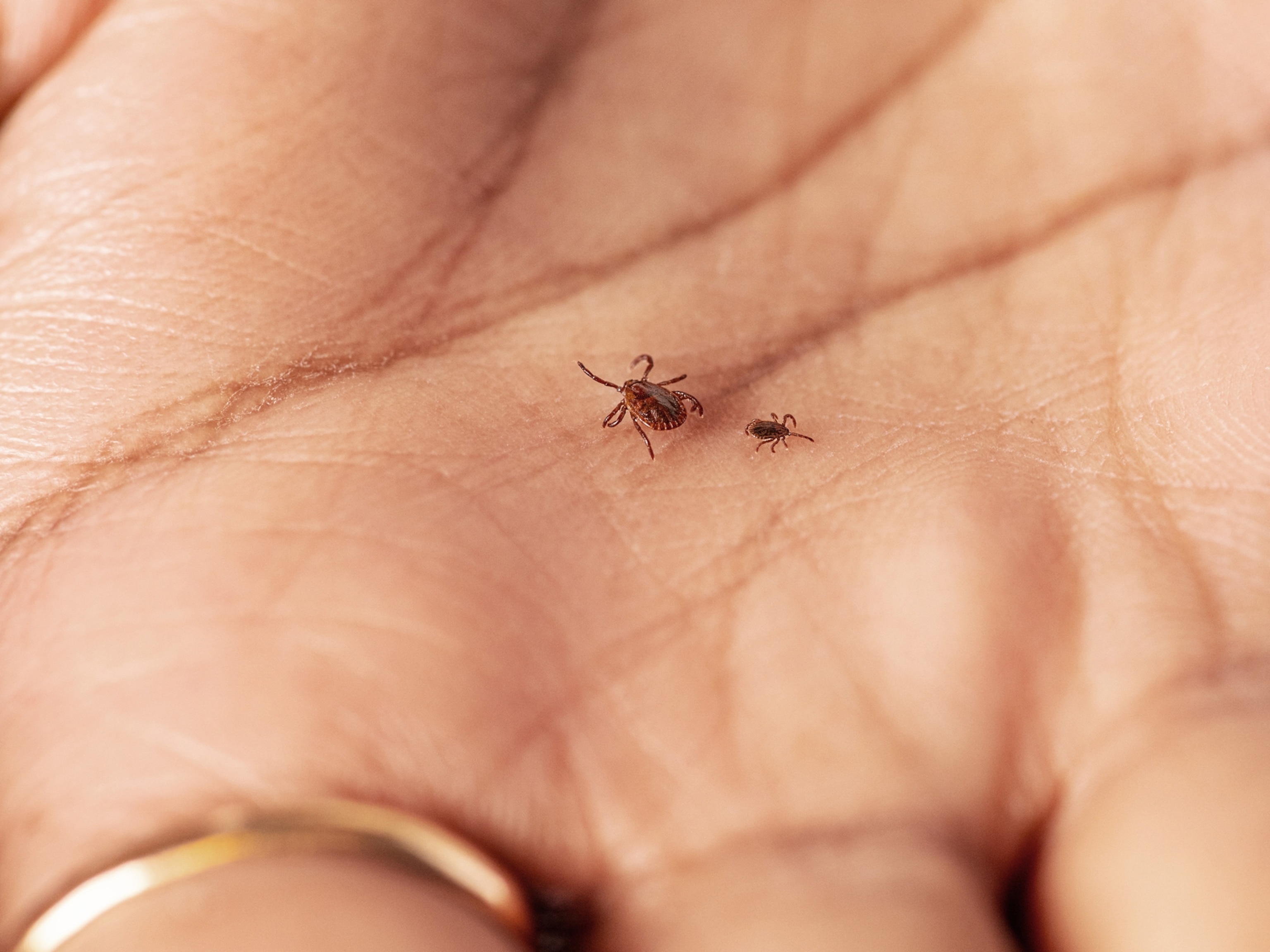
How Nile Crocodiles Are Bigger and Badder Than Alligators
Florida's newest invader has a fearsome reputation—but there's no need to worry about it yet, experts say.
With toothy jaws and a long scaly tail, Florida's newest invader may look like its American cousins—but that's where the similarities end.
The Nile crocodile—four of which have been found in the state's swamps since 2000—are more dangerous than the native crocodiles and alligators, scientists say.
The second largest living crocodilian, the Nile can reach 20 feet (six meters) in length and take down everything from hippos to humans. It has a reputation in its native Africa for being a man-eater—and statistics support that. (See "Crocodiles Have Strongest Bite Ever Measured.")
According to CrocBITE, a worldwide crocodilian-attack database, American alligators and crocodiles account for 33 human fatalities since 2000. In the same time span, the Nile crocodile has killed 268 people.
“Nile crocodiles are generally considered to be much more aggressive than American alligators or American crocodiles,” says Adam Rosenblatt, an expert on crocodilians and postdoctoral associate at the Yale School of Forestry and Environmental Sciences.
Fortunately, the four Nile crocodiles found in Florida were not fully grown, and there's no evidence that the reptiles are reproducing, according to a recent study in the journal Herpetological Conservation and Biology.
So people probably don’t need to worry about encountering a Nile crocodile anytime soon, Rosenblatt says.
“But I think we do need to take this seriously,” he says. “We’ve all seen what can happen with unchecked invasions, like the Burmese python.” (Related: "Burmese Pythons Chowing Down on Everglades Rabbits.")
Gators vs. Crocs
Nile crocodiles, American alligators, and American crocodiles are giant, toothy reptiles best avoided while swimming. But there are many things that set the species apart.
The American alligator is much smaller than the Nile crocodile, usually topping out at 15 feet (about five meters) in length. That might not sound all that tiny until you consider that the biggest Nile crocodiles can be longer than a giraffe is tall. (See "Rare Pictures: Crocodile Attacks Elephant.")
Head shape is another big difference, with alligators having broader, rounder heads than the triangular, narrower skulls of crocodiles. For instance, the head of American crocodiles is more similar to Nile crocodiles than it is to American alligators.
But there are also important biological differences—for one, the Nile crocodile has fewer babies than American alligators, according to Abby Lawson, a Ph.D. candidate in the Department of Forestry and Environmental Conservation at Clemson University.
Where'd They Come From?
Genetic tests of the Florida Nile crocs revealed that two (and possibly a third) are most closely related to Nile crocodiles found in South Africa.
It’s still unclear how the Nile crocodiles wound up in Florida, but the scientists who conducted the study have some guesses.
This is also not the first time non-native crocodilians have been found in Florida.
Since 1960, scientists have identified at least four other species, including the slender-snouted crocodile, Cuvier’s dwarf caiman, Schneider’s smooth-fronted caiman, and the spectacled caiman.
As if Floridians needed another reason to stay out of the water.





